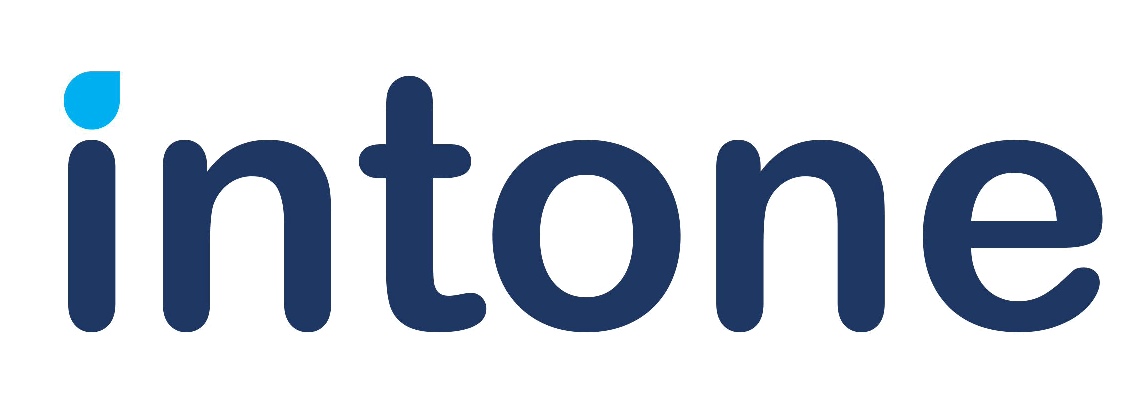Contents
Modern application development trends can significantly increase the value of your IT investments. Many game-changing innovations include the speed, efficiency, and elastic nature of cloud infrastructure, the distributed nature of micro-services, and the ever-changing methods of rapid deployment. However, each step forward can increase the complexity of your IT footprint, affecting their ongoing administration. This is where continuous control monitoring comes into play. It is a method in which an organization continuously monitors its IT systems and networks in order to detect security threats, performance issues, or non-compliance issues in an automated manner. The goal is to identify potential problems and threats in real-time so that they can be addressed as soon as possible.
However, not all businesses use or know how to use continuous control monitoring effectively. Most businesses use data to inform their decisions, but this is not always continuous monitoring. So let us understand more about it in the article below.
What is Continuous Control Monitoring?
Continuous Control Monitoring (CCM) is a collection of technologies that automate operations in order to decrease company losses and boost operational performance by continuously monitoring business activities. CCM lowers audit costs by continuously inspecting controls in banking and other transactional systems. CCM may be used in a variety of sectors, including financial services, where it is used for fraud detection and financial transaction monitoring, monitoring quality and process control in manufacturing; and cyber security and network security monitoring in technology. CCM is an important component of Governance, Risk, and Compliance (GRC) that assists a company in improving its overall risk management.
Key Benefits of Continuous Control Monitoring
To better monitor business operations enabled by their applications, modern enterprises are moving their risk management approaches from manual controls to automated controls. Control supervision is becoming increasingly important as the IT environment becomes more complicated, workloads and apps migrate to the cloud, and workers work remotely, particularly for ERP clients. Some of the key benefits of continuous control monitoring include
Saves Time
The fundamental advantage of continuous control monitoring is that it automates anomaly detection and directs it to appropriate business users. It saves auditors time on follow-up, resulting in cost and time savings. Continuous control monitoring has emerged as a method of improving company efficiency in terms of time and cost savings.
Simple To Manage
It enables you to get control of the whole monitoring or audit lifecycle through a centralized system, making it easier to manage the end-to-end audit process. CCM plays an important role in minimizing or mitigating predicted potential losses from the use of a hazardous business strategy, as well as maintaining a high level of regulatory action inside the firm.
Improved Decision-Making
CCM improves decision-making by recognizing developing risks, recording the whole audit chain, and increasing openness and cooperation in operations. Adopting continuous control monitoring enables your firm to make risk management decisions and maintain an appropriate risk tolerance.
Detects Risks Early
Creating a risk management strategy simply formalizes the activity cycle and allows you to use your resources more efficiently anytime a risk emerges. The first and most important element of this cycle is identifying the risks. It is critical to locate faults, regulate concerns, and ensure compliance with standards and prospective frauds to assist teams in quickly and accurately arranging the proper reply every time.
Control Self-assessment Environment
Continuous control monitoring aids in reinforcing the company by promoting accountability, as well as in seeking positive confirmation from line management on internal controls. Control self-assessment eventually offers confidence to management for additional assurance to customers and stakeholders that the organization’s internal control architecture is reliable.
By providing a shared platform for all three lines of defence, continuous control monitoring in banking has enabled users to improve their controls automation (BPA), performance reporting, data integration, and a host of other capabilities.
Why Choose Intone EagleEye-365?
In today’s business environment, Continuous control monitoring plays an important role as it helps organizations identify and address potential risks and compliance issues before they become significant problems. Hence, we at Intone understand this need and have developed a continuous control monitoring plan that can help secure your systems against the latest threats plaguing the industry. We offer,
- An end-to-end enterprise platform that integrates key GRC functional requirements of security, risk management, incident management, data visualization/ virtualization, continuous control monitoring, continuous auditing, robotic process automation and fraud, and compliance management into one single solution.
- Connections with 240+ Industry Standard Data Sources and applications.
- Low-Code/No-Code Platform with drag/drop features and In-Built Multiple System Communications Features.
- An automated ERM and control response system along with automated incident management and resolution system.
- A microservices audit platform with real-time reporting and Uninterrupted underlying systems.
- We offer SSL encryption and AES 256-bit encryption to ensure that your sensitive data is safeguarded against malicious attempts at modification and manipulation.
- We offer state-of-the-art infrastructure in terms of cybersecurity, with secure architecture, firewall, and intrusion detection/prevention system designs to boost your security against cyber breaches and threats.
- Intone offers an extensive range of regulatory, data privacy, and Sarbanes Oxley compliance and industry solutions to meet the current regulatory requirements and to ensure that you will not face any trouble when it comes to product/process-related compliance requirements.
- Our RPA will anonymize your data to ensure greater protection of sensitive data and information.
With the help of data integration & controls automation (BPA), continuous control monitoring in manufacturing has proven to be quite effective for users. Feel free to get in touch with us for more information or a demo.

